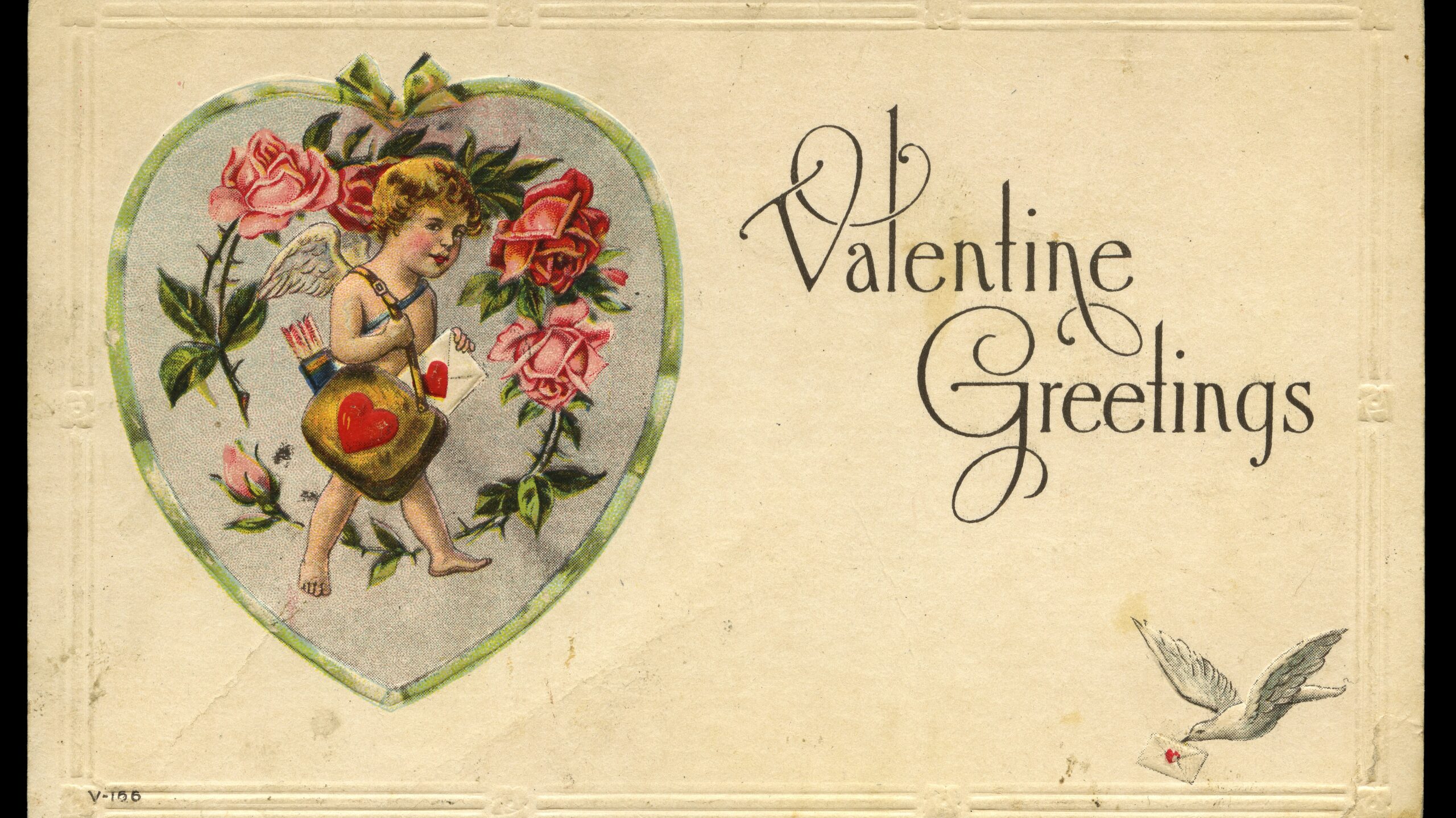Today, Valentine's Day is all about greeting cards, flowers, candy, and generally being lovey-dovey in public the way you might not during the rest of the year.
But if you think about it, Valentine's is a sort of strange holiday…
It's February, which for many of us is a cold, dark month — and yet the air is filled with tiny red hearts. It's a nice way to get your mind off the cold, to be sure, but where did this all start?
Cynics might tell you it's all a marketing ploy, but the history of Valentine's Day, and the saint it's named for, actually have a long history. And something of a mysterious one at that!
It seems that like with Christmas and Santa Claus, there have been many versions of this holiday's origins.
But despite the many varying opinions, most historians agree that today's Valentine's Day has its origins in the Roman Empire. What followed was a flurry of soldiers, law-breaking, birds, and a whole lot of chocolate!
Read on to see what Valentine's Day is really all about, and give the gift of historical facts to your loved ones this year!
1. The Tradition Might Have Started As A Fertility Holiday In Rome
One theory is that Valentine's Day is a Christianized version of the Roman holiday of Lupercalia, a fertility festival honoring Faunus, an agricultural god.
Festivities included a lot of dancing, animal sacrifice, and matchmaking ceremonies.
Girls and young women would also line up to receive soft lashes from specially-made leather whips, which they believed would ensure fertility in the coming year.
2. An Ancient Roman God Is One Of The Holiday's Main Figures
While Valentine's Day is named for a Christian saint, the main figure we associate with the holiday is Cupid.
Cupid is the Roman god of love — also known as Eros in Greek mythology — and is known for his wings and bow and arrow.
In ancient times, he was depicted as a young man, whose arrows would strike mortals and cause them to fall in love.
3. The Day Could Be Named For Three Different Saints
In the Catholic church's register of saints, there are actually three Saint Valentines. The most likely candidate for the holiday's namesake is Valentine of Terni.
But he's quite a mysterious figure. In fact, he's so mysterious that for a while, the church removed him because there was so little information.
4. Illegal Wedding Ceremonies Might Have Sparked The Romantic Tradition
One legend says that Valentine became associated with romantic love when Emperor Claudius II outlawed marriage for young men, thinking they should spend their youth as soldiers.
Feeling this was unfair, Valentine performed secret marriages for many young couples until he was caught and executed.
5. The First Valentine's Card Might Have Been Sent From Jail
Another story says that St. Valentine himself sent the first Valentine's Day card.
While in jail awaiting execution, he slipped a note to his sweetheart, signing it: "From your Valentine."
Another legend says that he miraculously cured the jailer's daughter of blindness right before being executed, and as a result, the jailer and his family converted to Christianity.
6. In The Middle Ages, Valentine's Day Was More About Birds
Another theory says that the date of February 14 had less to do with the saint and more about what was happening in nature.
In 1382, poet Geoffrey Chaucer wrote that birds choose their mates on St. Valentine's Day, which linked the day — and thus the saint — with romantic love.
7. Lovers Could Once Learn Tips From A Special Valentine's Day Manual
While people informally exchanged tokens of affection from the Middle Ages on, the tradition really caught on in the late 18th century.
In 1797, The Young Man's Valentine Writer was published, which offered tips to lovestruck young men for writing love poems to their crushes.
This was also around the time that printed (or "mechanical") Valentines were beginning to be produced.
8. The Postal Service Allowed For Very Intimate Love Notes
In the 19th and early 20th century, sentimentality and romanticism were in fashion, and so Valentines became hugely popular — and so did mailing them.
Mailing a Valentine also had another benefit. Because they weren't exchanged in person, and would be opened in private, all kinds of "naughty" messages could be exchanged!
9. Cupid Began To Dramatically Change Shape During The 19th Century

Cupid has curiously aged backwards since the 15th century, and now he's imagined as a plump, cheerful baby with wings.
He's also conflated with the Abrahamic figure of the cherub. By the 19th century, his form as a flying baby equipped with arrows was solidified, and it's how most people think of him today.
10. Valentine's Day Has Grown To Encompass Friendship As Well As Romantic Love
Later in the 20th century, Valentines began to encompass more than just romantic love and evolved to include tokens of friendship.
Cards like this one became less romantic, and more cute and funny. They also made some great puns!
Gifts other than cards also became a popular Valentine's tradition, with many jewelry companies stepping into the market around February.
Did you know Valentine's Day had such a long history? It's pretty fascinating!
Please SHARE this history with your special Valentine!




